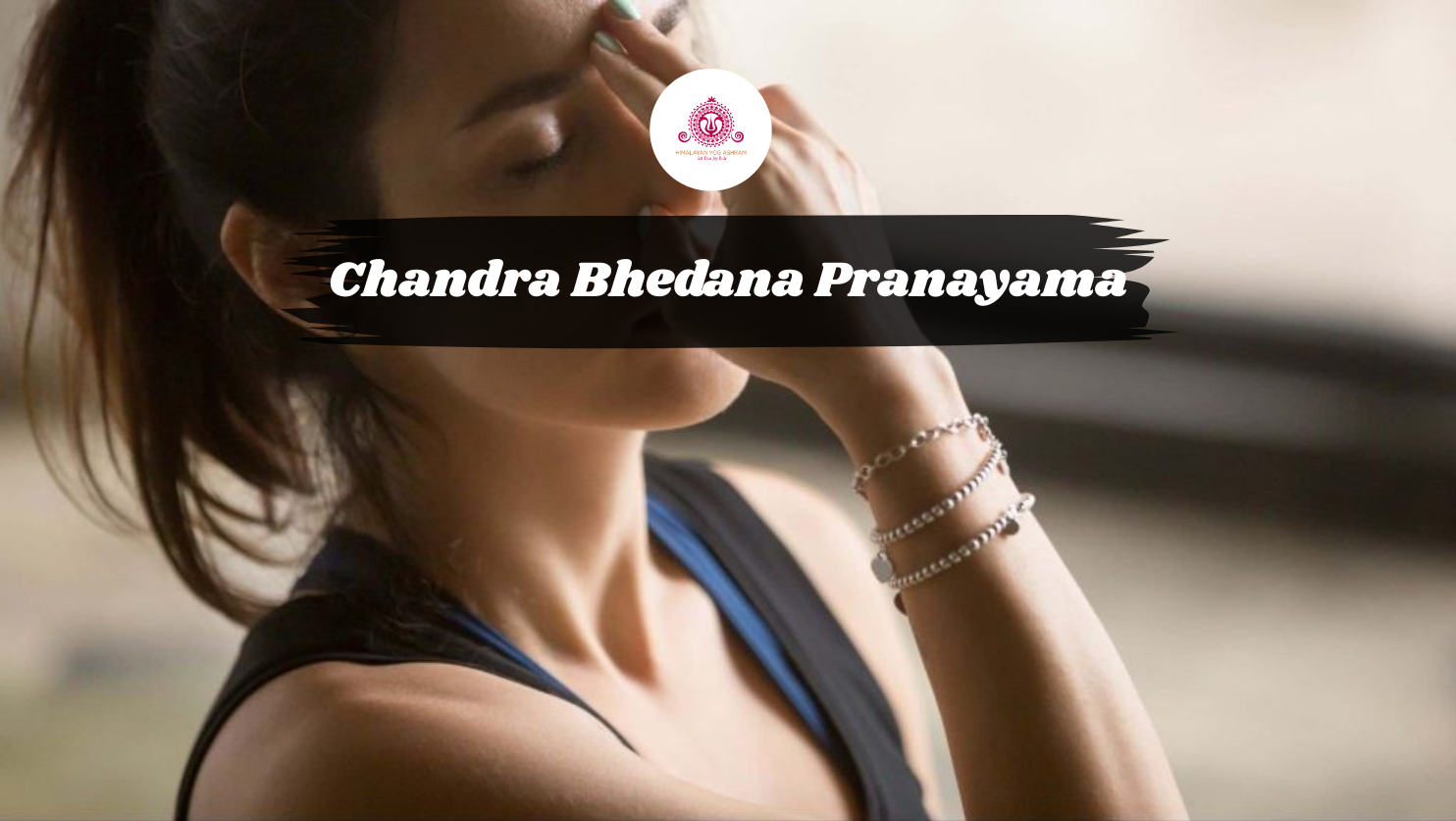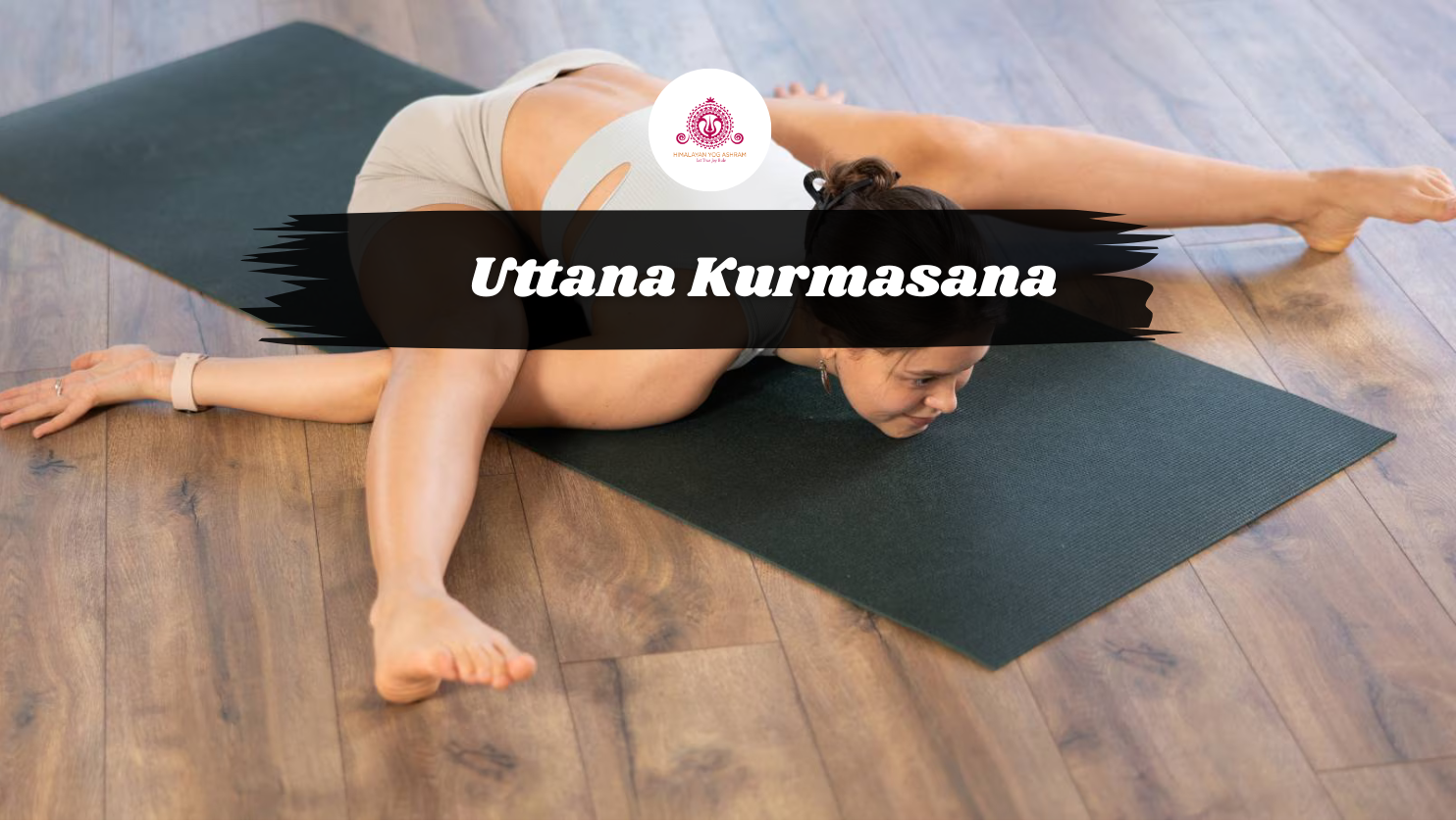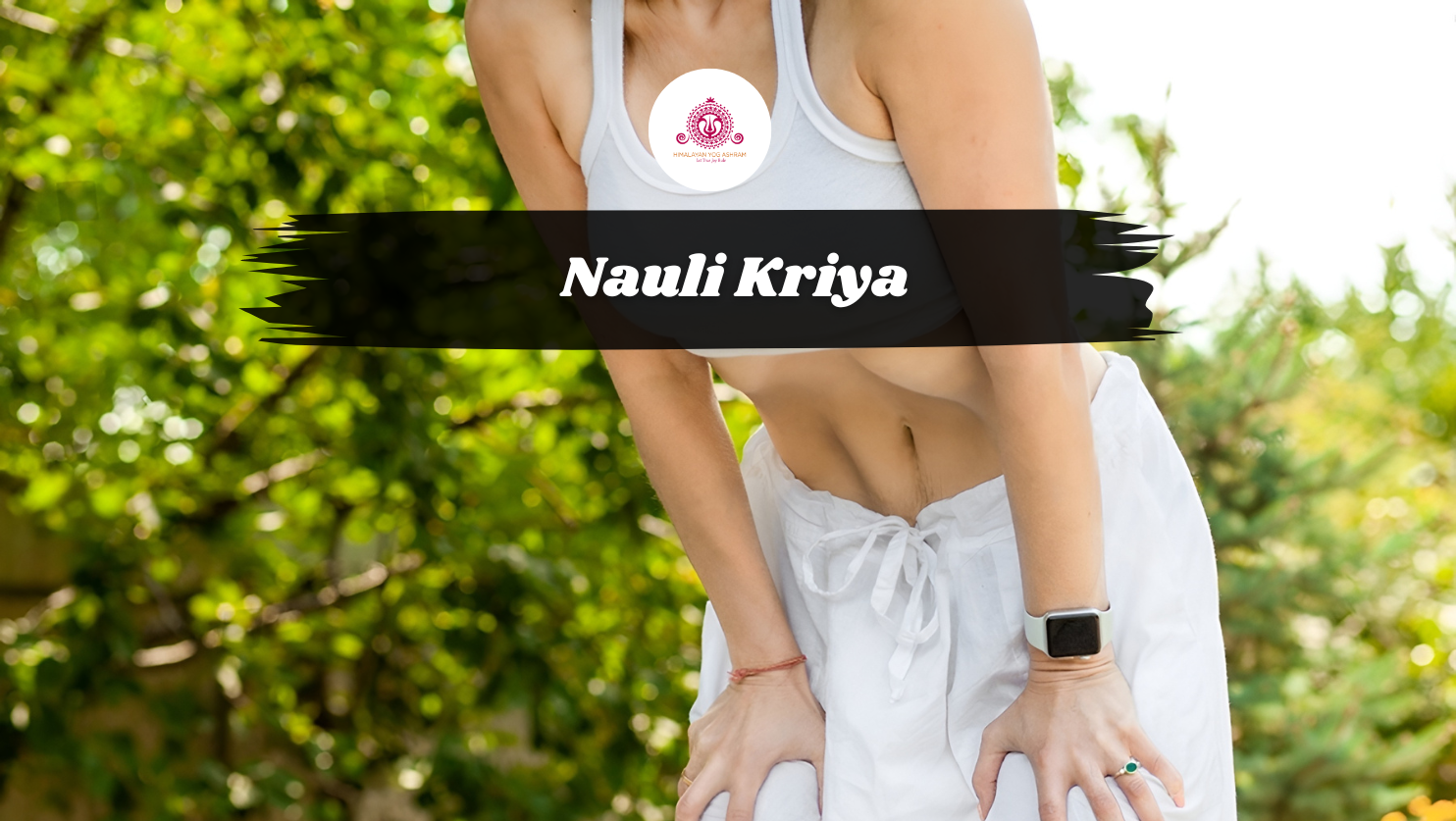Are you one among those who are in search of peace? Looking for an easy relief from the stress-filled world? A simple one-word solution for your problem is practicing “meditation.” What meditation in reality is is the first and foremost thing one should understand before practicing meditate.
What is meditation?
To think or ponder is what the dictionary defines as meditation in reality. Meditation simply is a practice of using various techniques for achieving a clear and calm mind, which will lead to a peaceful life. It has been practiced since antiquity and remains a core component of the 300 hour Yoga Teacher Training in Rishikesh, where students deepen their understanding of meditation in reality as a transformative tool for inner peace and mental clarity.
Techniques:
There are different types of techniques available to meditate. One can use any of the following techniques listed below as the Meditate technique. Do detailed research before following any particular technique not only to master it but also to enjoy the 100% benefits of it
- Focusing-Tibetan meditation practice in which individual focus on a particular object or thing like breathing, image or words (concentrative meditation)
- Mindfulness—a modern form of meditation in reality that involves observing the wandering thoughts in our mind but not getting involved with them or judging them, but only being aware of them. (non-judgmental form).

- Practicing techniques as mentioned above.
- No thoughts—practicing yoga
- Moving meditation techniques—walking meditation.
- Automatic self-transcendental meditation—using mantras. It is neither a focusing nor an observational type of meditation in which one rests his/her body and mind very deeply.
Uses of meditation in reality:
The main goal of Meditate is to produce mental well-being by reducing stress and providing relaxation. Meditation offers practical benefits in daily life by reducing stress, enhancing focus, and improving emotional balance. It supports mental clarity, promotes better sleep, and boosts resilience in challenging situations. Regular practice helps individuals respond calmly rather than react impulsively, fostering greater self-awareness, inner peace, and overall well-being in everyday life.
This relaxation is caused by a reduction of our sympathetic nervous system activity, which will provide short-term benefits like this,
- Decrease the respiratory rate
- Decrease perspiration
- Reduces anxiety
- Reduces stress
- Increases the blood circulation
- Decreases the blood pressure
- Decreases the cortisol level

Other benefits are increasing the attention span (useful for students), enhancing self-awareness, promoting emotional health, helping to overcome addictions, decreasing age-related memory loss, and improving sleep. These are some of the profound transformations many experience during a yoga teacher training in Rishikesh, where traditional techniques are deeply explored to cultivate lasting well-being.
How to meditate in reality?
One can practice meditation in reality anywhere. Meditating does not require any special types of equipment. Meditate daily for emotional and mental well-being.
- Choose the place where you can meditate without any distraction
- Make yourself relaxed by sitting erect or lying down. Don’t force yourself. Relax!!
- Close your eyes (don’t sleep) and make yourself out of the world and enter into the world of peace.
- Takeke deep breaths (inhalation and exhalation).
- Focus your attention on your breaths.

This is the technique for beginners. One can use methods mentioned above for meditation. Initially meditate for a period of three to five minutes and slowly increase the period. In the transcendental method of meditation, they request to meditate for 20 minutes twice per day. Join meditation classes if you feel you require guidance from experts.
Experience is what will make you understand more. The benefit you enjoy upon practicing regularly is the reality of meditation, which will change the reality of your life and cleanse your mind.






